Dali, China is an ancient city in the country’s western Yunnan Province, a couple hours south of Lijiang. The area was settled by the Bai people, a tenacious Tibetan-Burmese folk who established the Nanzhou Kingdom in the 8th century after successfully defeating invading Tang dynasty forces. A Bai chief minister staged a coup at the beginning of the 10th century, overthrowing the Nanzhou rulers and founding the follow-on Kingdom of Dali. Although Dali fell to invading Mongol forces, led by Kublai Khan, at the end of the 13th century, the area remains a center of Bai culture. The population of the ethnic minority group is estimated to be between 1.5 and 1.9 million, and women in brightly colored traditional outfits can be found all across this delightful town.
Many of Dali’s historic buildings have been damaged or destroyed by powerful earthquakes that have rocked the region over time and much of the town has been rebuilt. But in contrast to the contrived atmosphere of Lijiang, Dali Ancient City feels fabulously authentic. It is a living, breathing community, where locals go about their daily activities, paying the tourists little heed.
Also breathing here are the wider lanes, which accommodate both the weeping willows and quiet canals present in Lijiang along with less suffocating strolls. Souvenir outlets aimed at tourists are pleasantly intermixed with the grocery stores, butcher shops, pharmacies and post offices frequented by locals. Quiet side streets, meanwhile, are packed with coffee stands, art shops, and displays of traditionally dyed fabrics. The usual grilled meats on sticks were complemented by a variety of local street snacks like “milk fans” and toasted rice cakes. Dali draws fewer tourists so it was easier to appreciate its charms.
The Bai people are predominately Buddhist, though missionaries converted some to Christianity in the 19th century. A Catholic church was built in Dali in 1904 and amazingly the original stone and wood structure still stands. Today Mass is held inside every Sunday.
The Dali Museum occupies a former mansion and boasts a small collection of locally unearthed artifacts. Though minuscule compared to the Shaanxi History Museum, several interesting sets of pottery zodiac animals can be found on the second floor of the main hall. Most of the other buildings seemed to be closed during our visit, but we stumbled on a lovely courtyard with a hundred or so stone steles. There are no English captions, but at least the entrance is free.
A dynamic market hides in the back streets near the old town’s north gate, and the tarp-covered space offers a cool respite from the sun. Tables and baskets overflow with heaps of vibrant produce and fish swim in small plastic pools refreshed with oxygen pumps. Butchers cleave joints of fresh meat and caged chickens cluck incessantly. It is a loud and odoriferous place that draws in the wandering adventurer.
While many travelers often rate Lijiang more highly, we were quite taken with Dali and would sooner return here for further exploration. I was particularly impressed with the array of clothing boutiques stocked with garments in traditional textiles. But as different things appeal to different people, we allow for disagreement!
Tell me: Is Dali, China a place you’d like to visit?
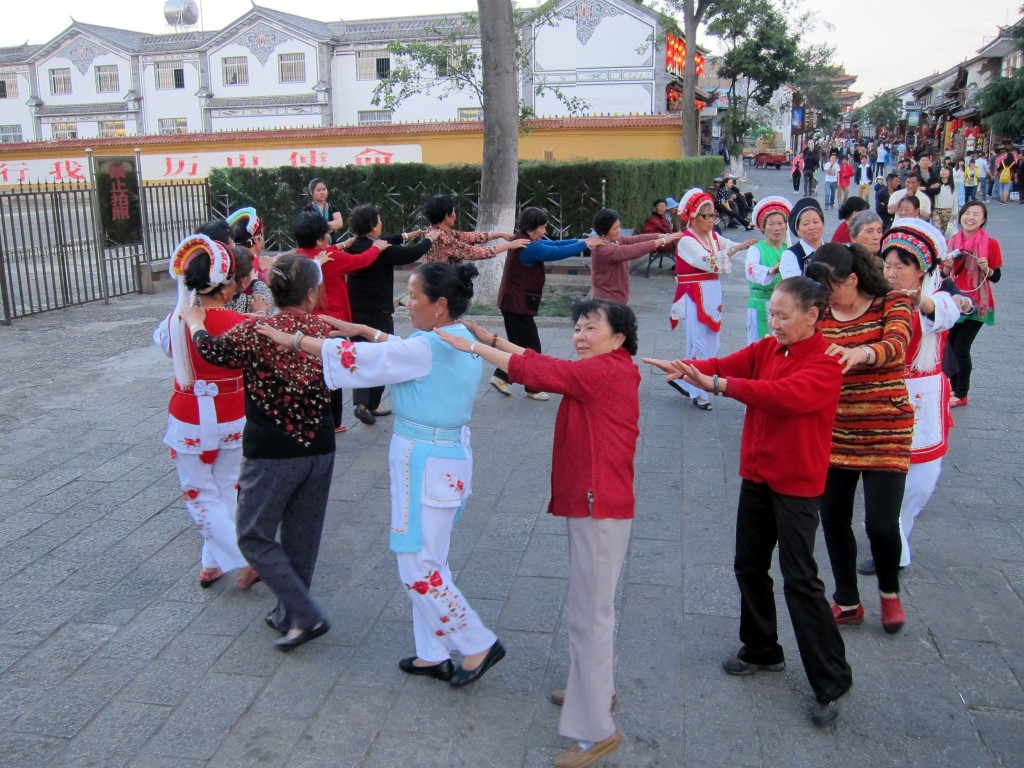
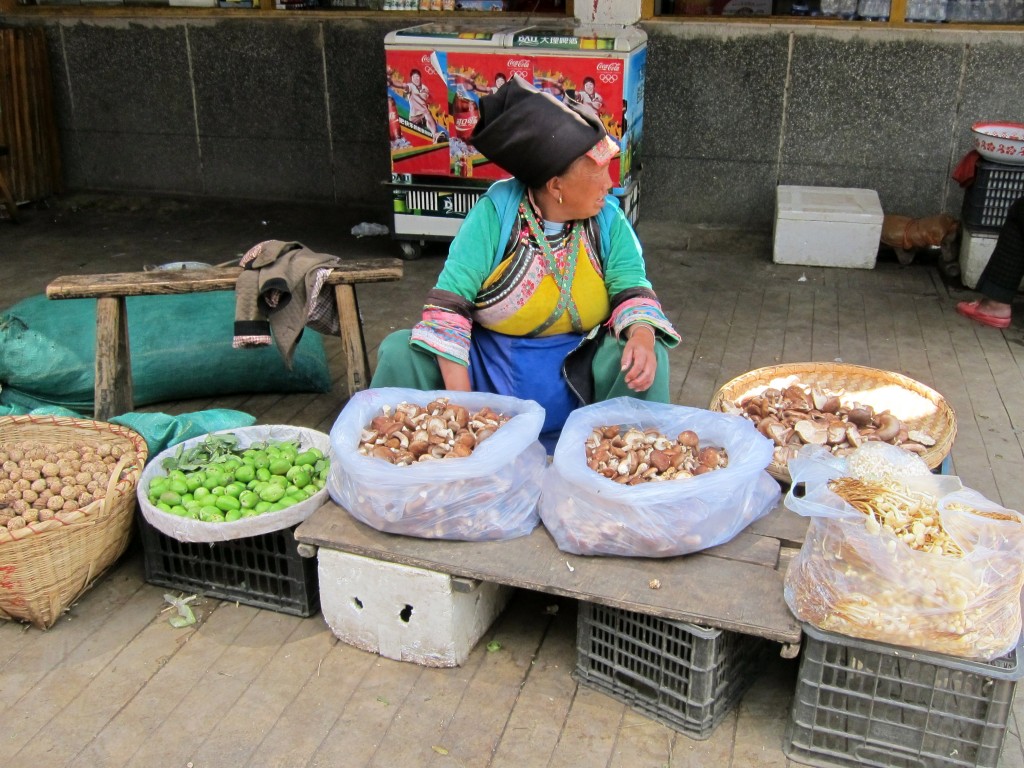
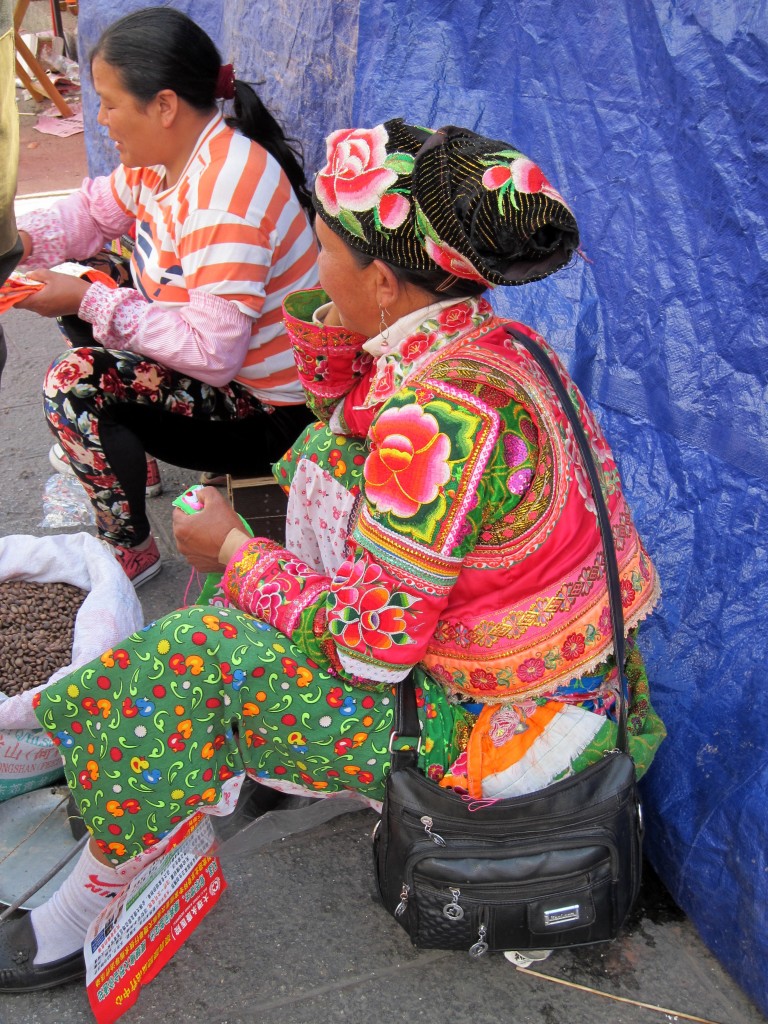
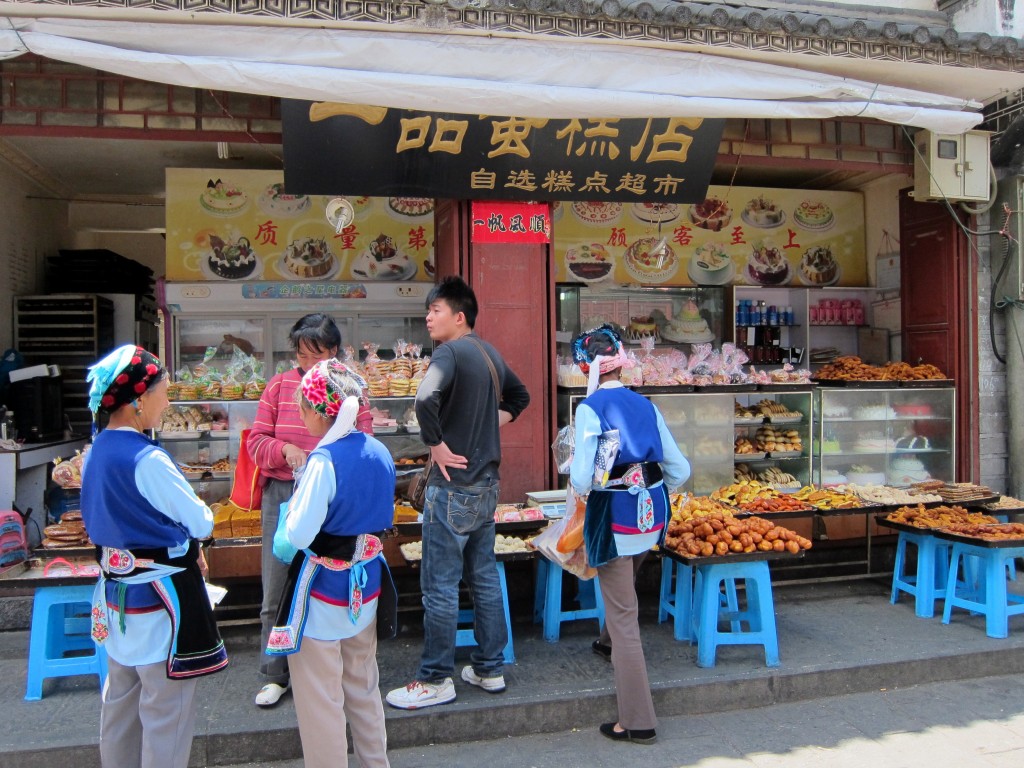
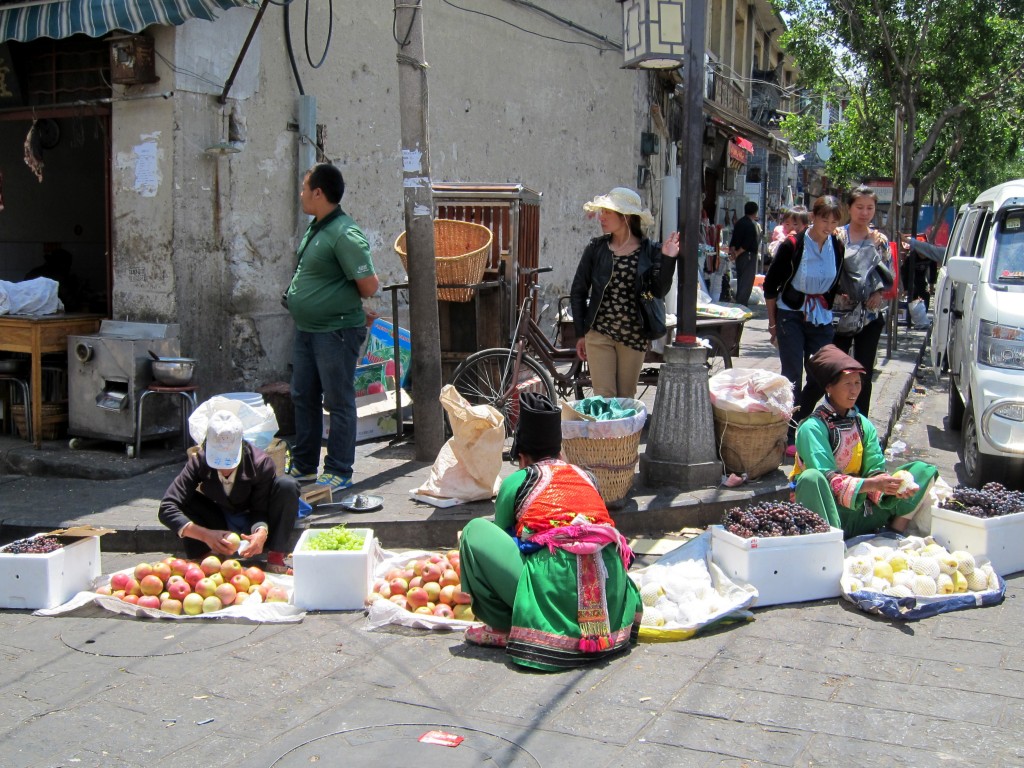
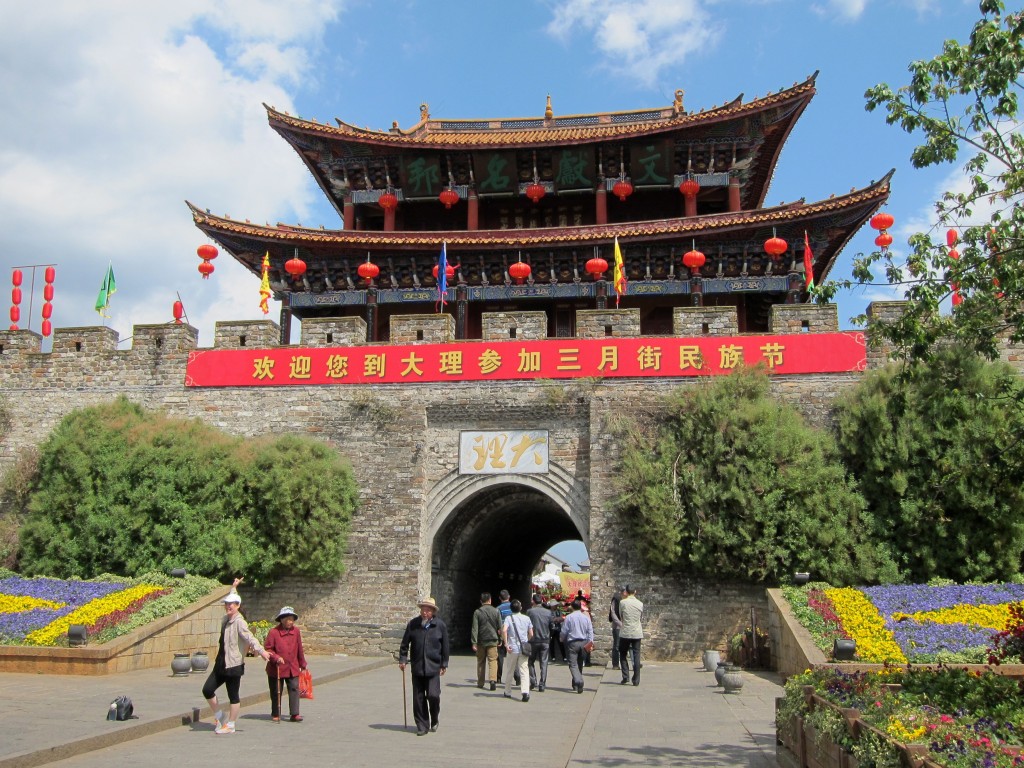
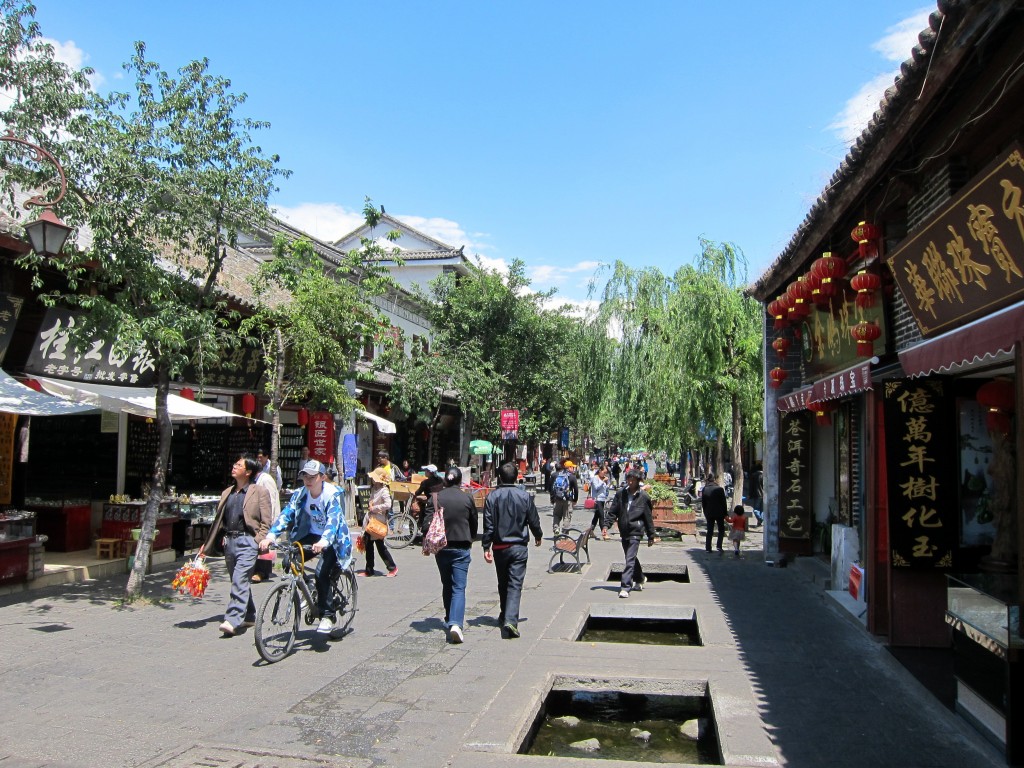

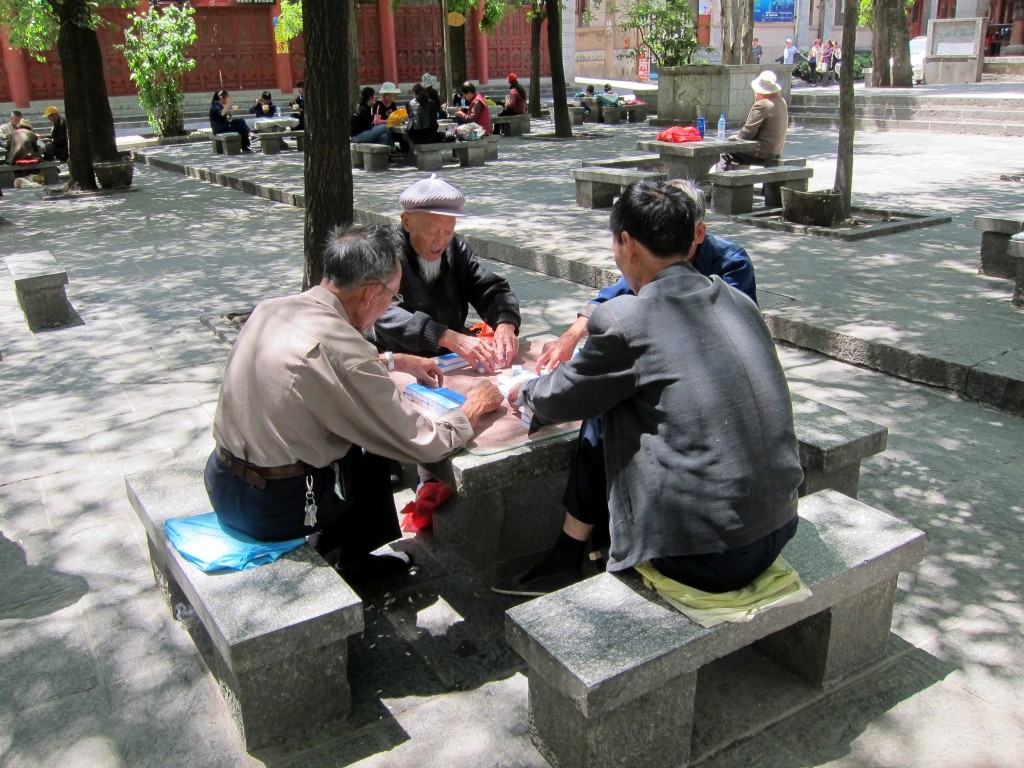
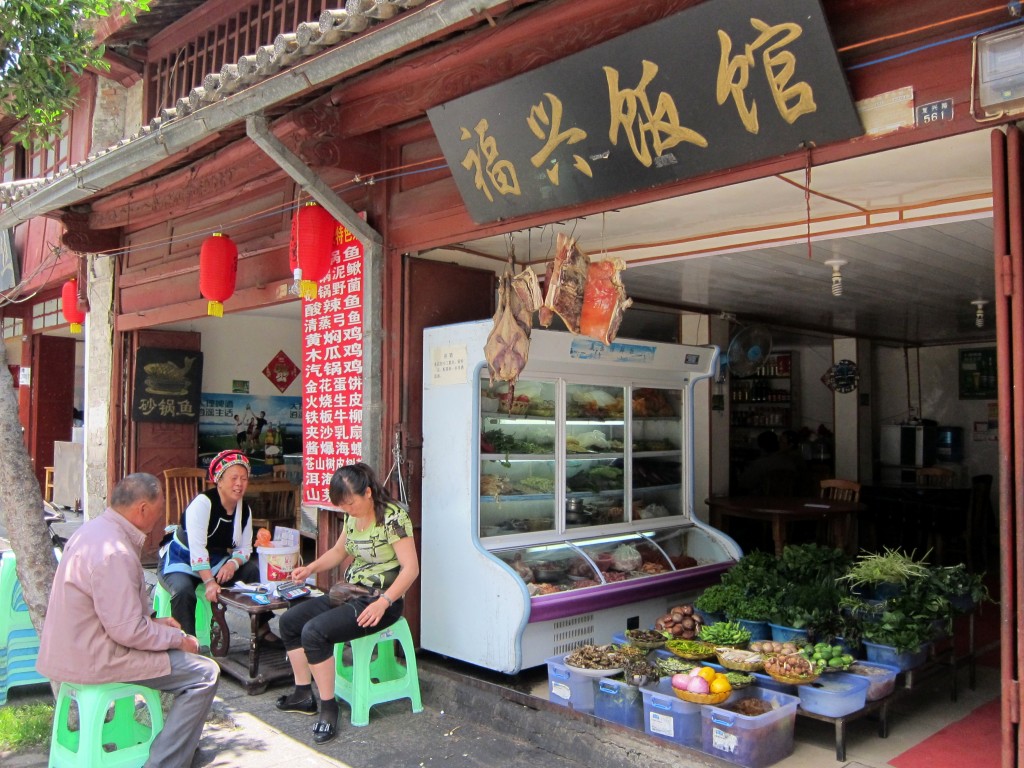
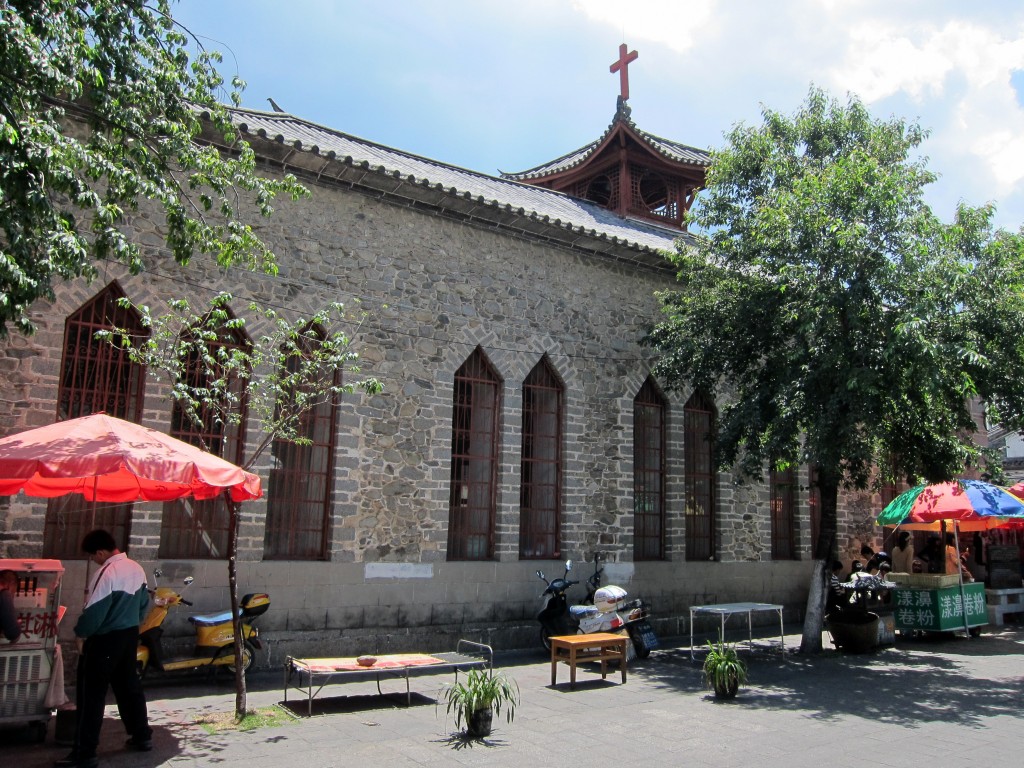
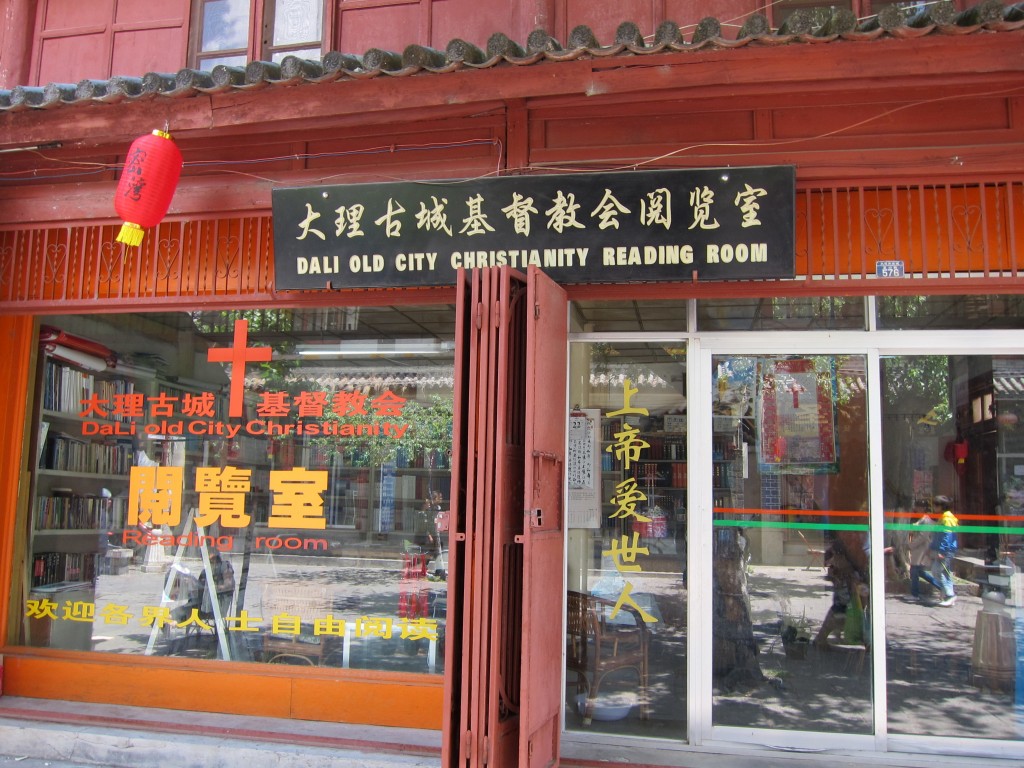
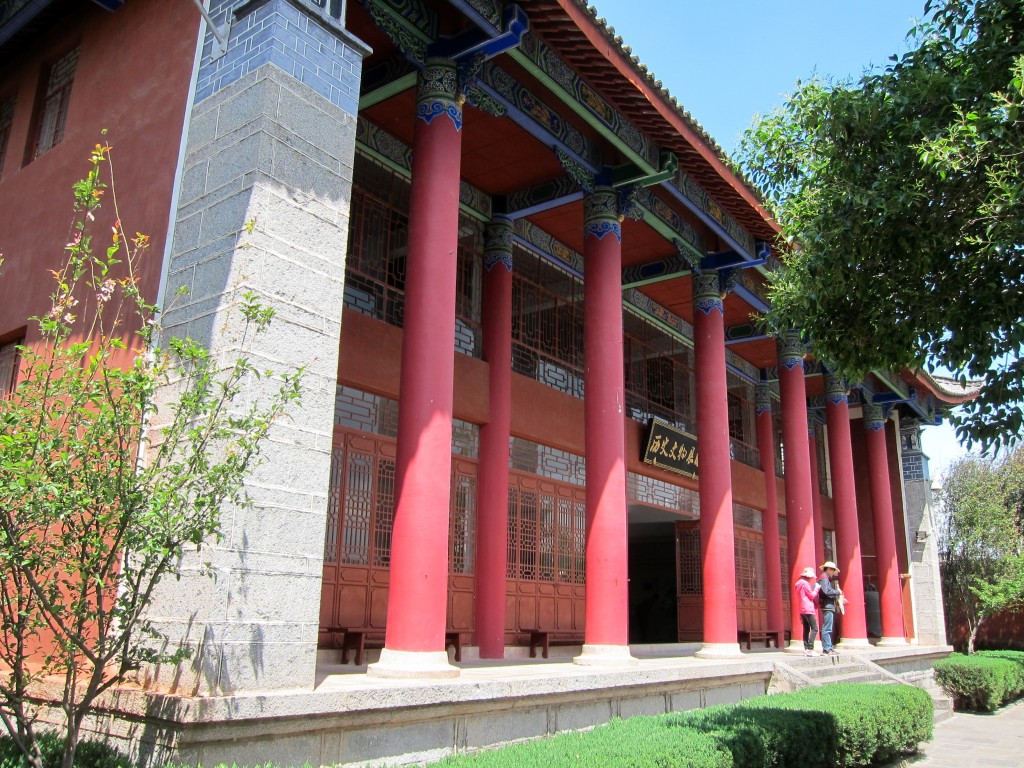
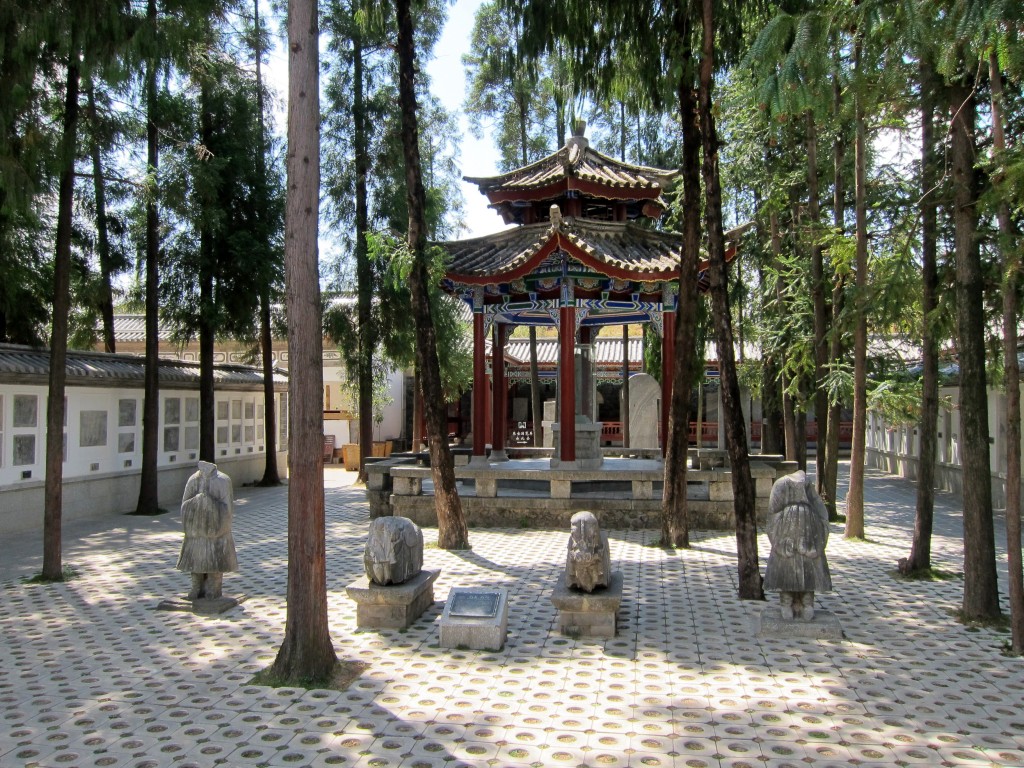
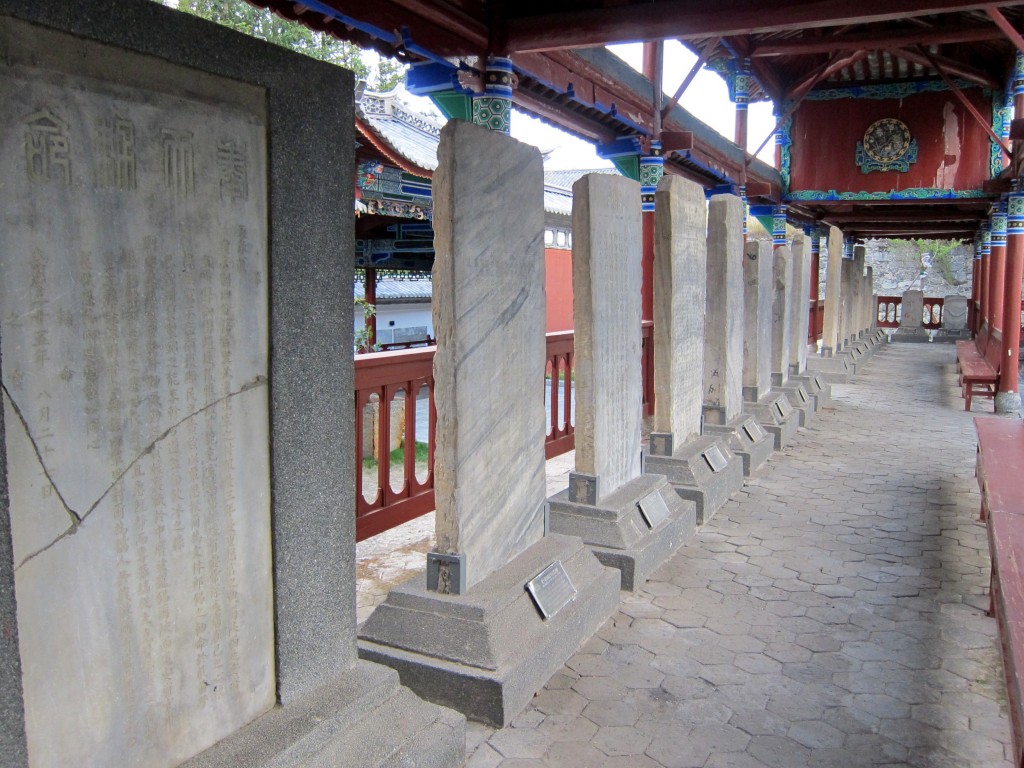
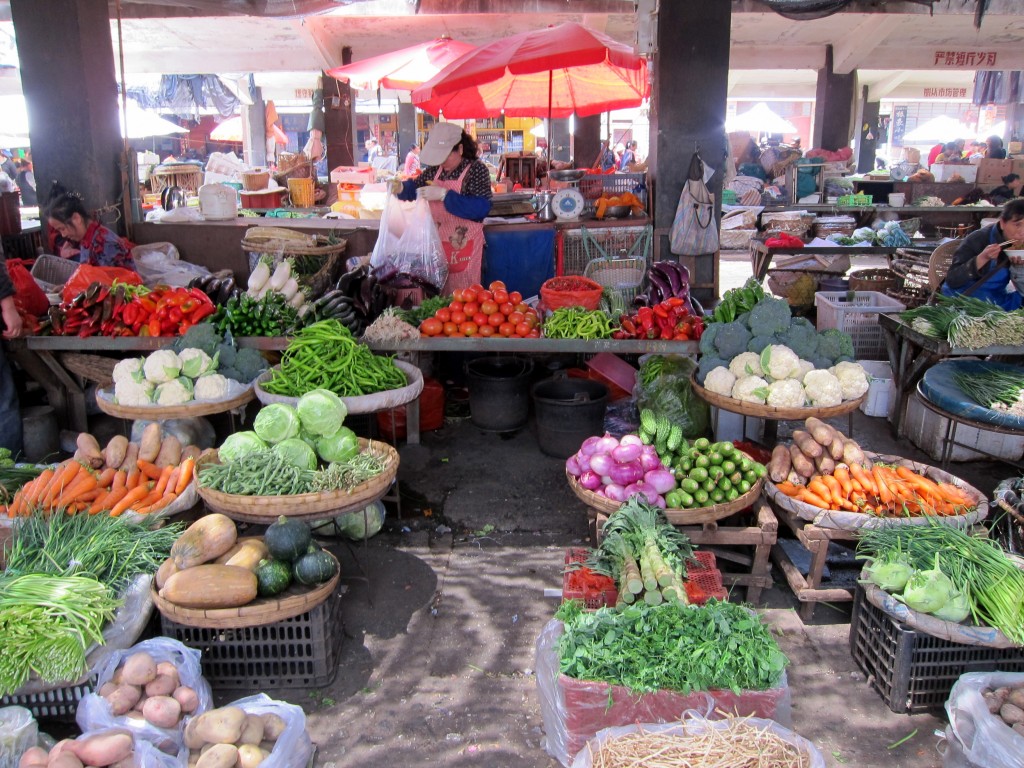
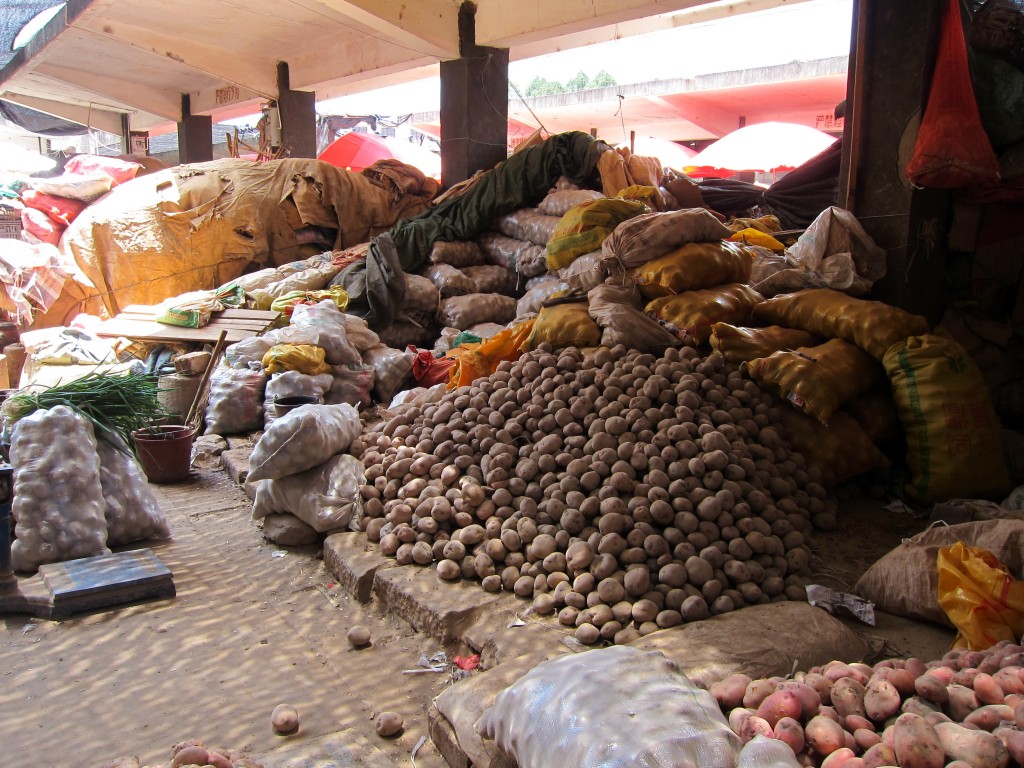
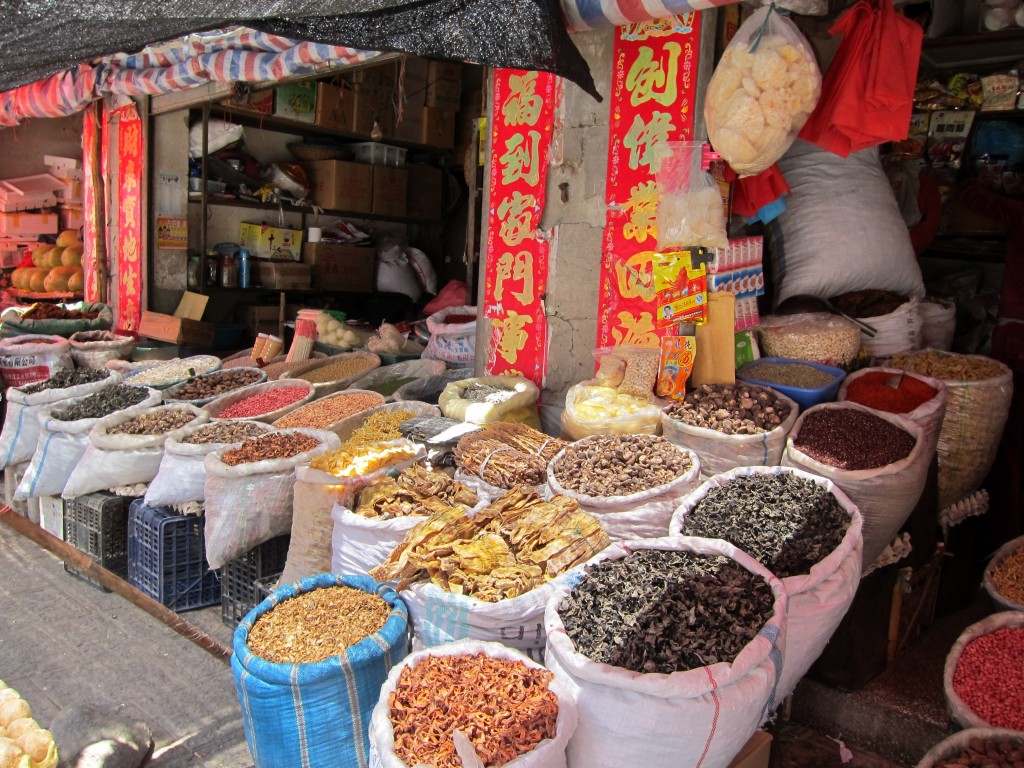
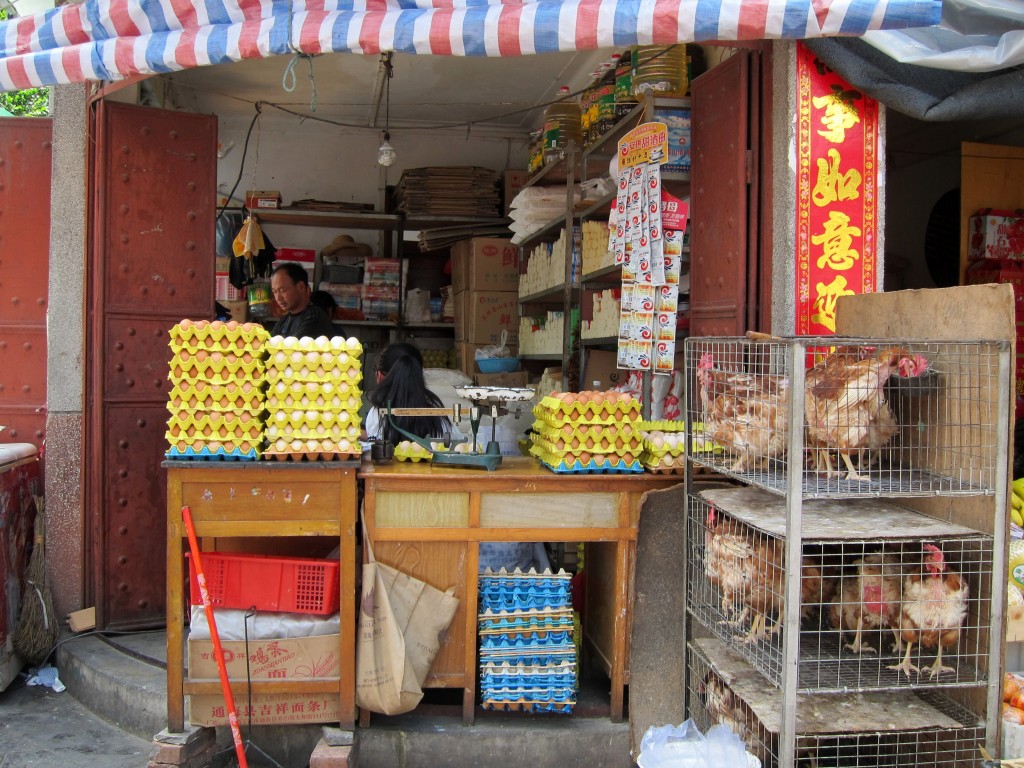
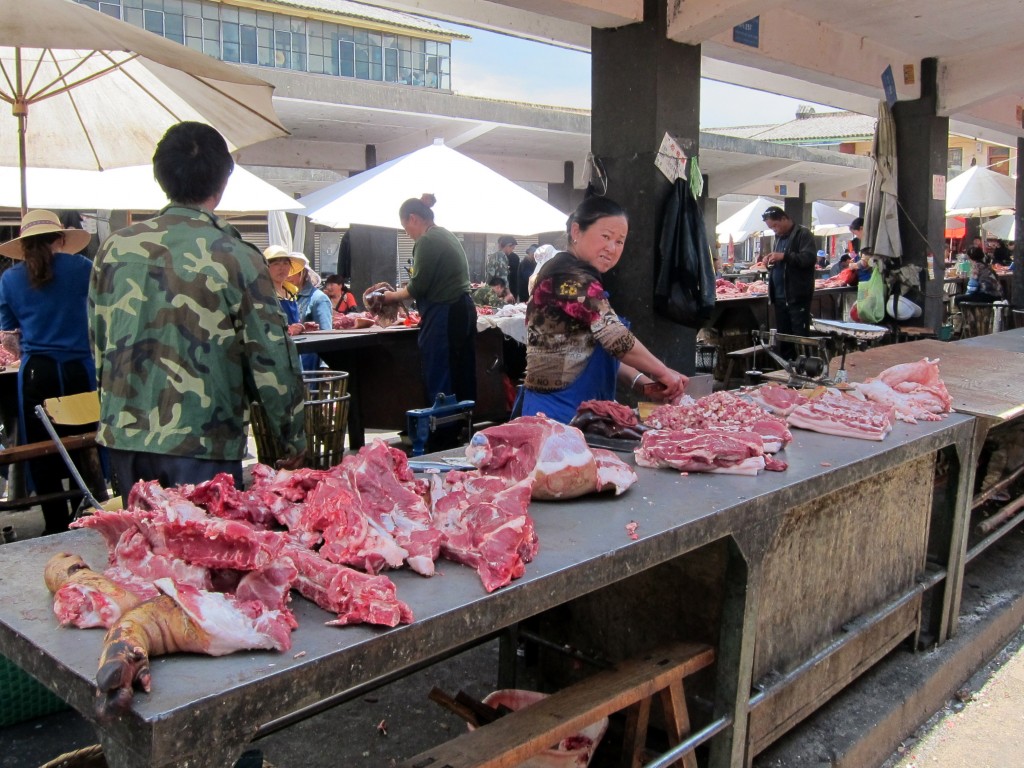
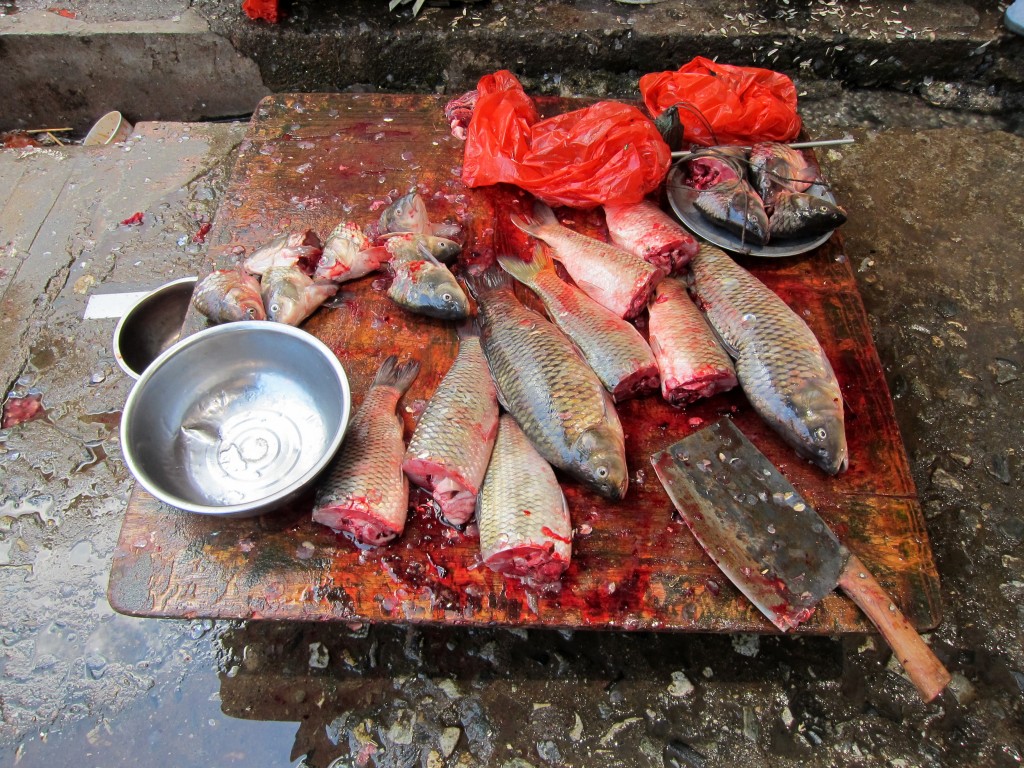
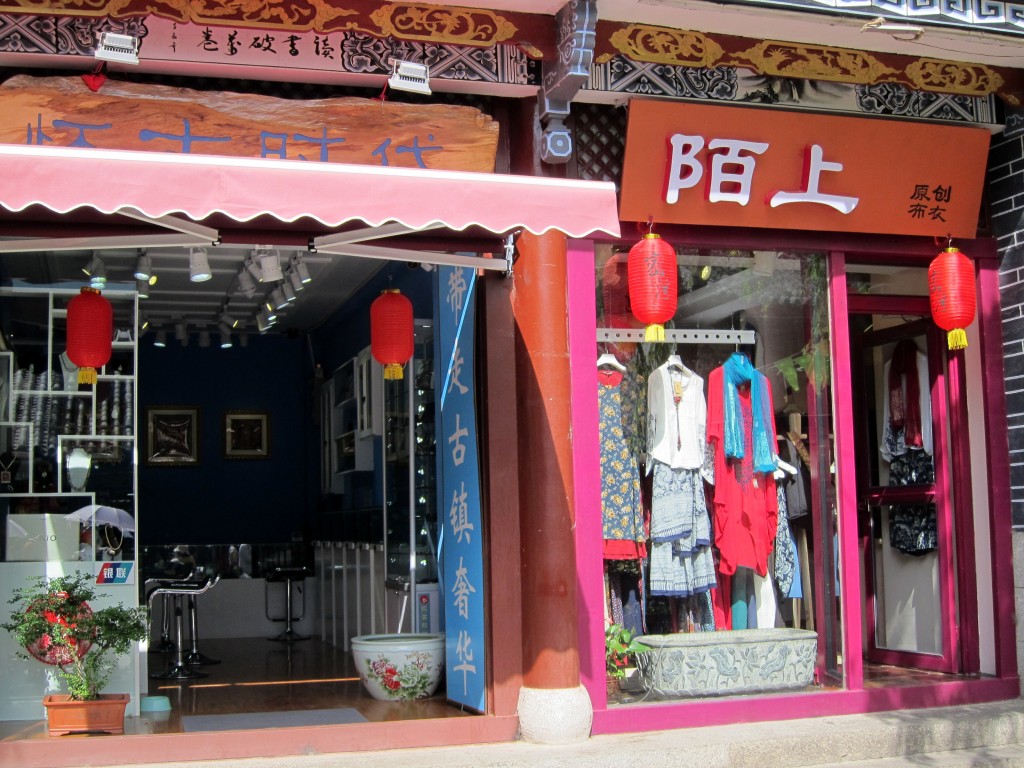
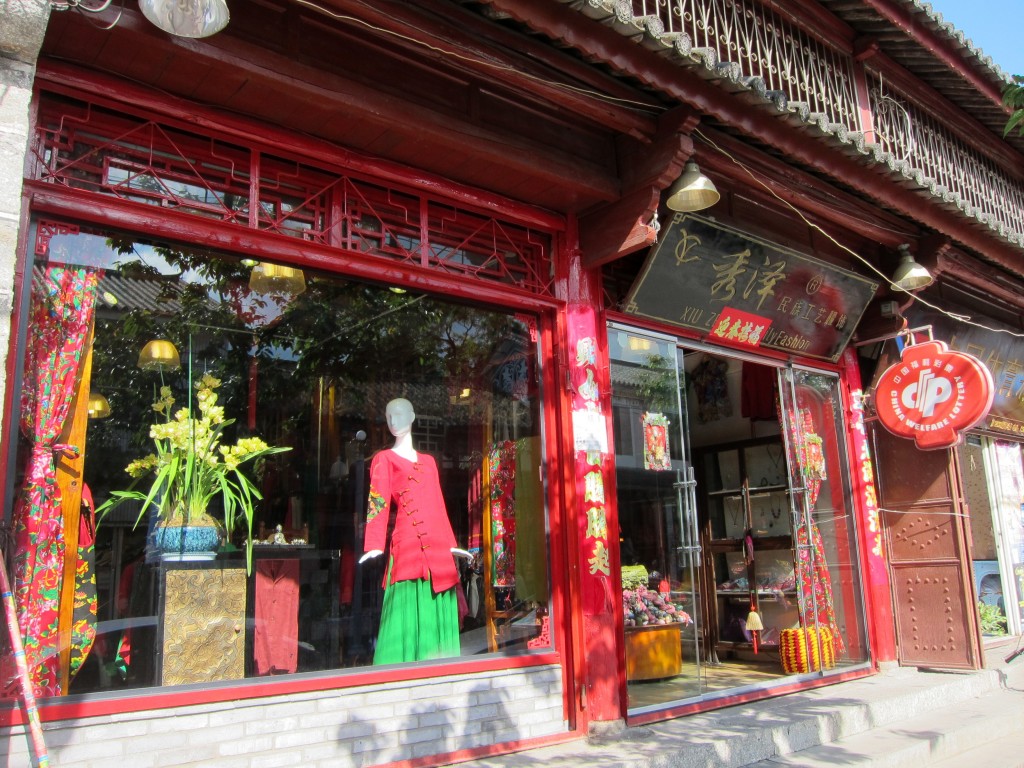
Love all the vibrant colors, and the spontaneous street dancing. I’ve actually never heard of Dali! Looks like a great place to explore.
We really enjoyed Dali – I’d rank it as one of my favorite places in China!
Again, great pictures! What a quaint little village to explore. I wish open air markets were more popular here in the States, the produce looks so fresh. Glad you enjoyed your trip!
Nice! What made you decide to include Dali in your itinerary? (and GREAT post title, btw!)
Thanks! Hubby came up with the title so I’ll let him know you like it 🙂
Some of our Shanghai-based friends had been to Dali and liked it so we just figured we check it out while we were out there. Sure glad we did!
What a cute town! I love the spontaneous dance party circle haha. What are milk fans, by the way?
Milk fans are cheese snacks that are grilled or fried and served rolled up on a stick (thus the Chinese say it looks like a folded fan.) They are a lot better than the mystery meat products usually served that way in China!
You are not the first person to tell me how good a place Dali is. Might have to put it on my travel wishlist!
Of all the cities and towns I’ve visited in China, Dali one of my favorites. It’s up there with Yangshuo and Chengdu! I hope you make it there someday 🙂